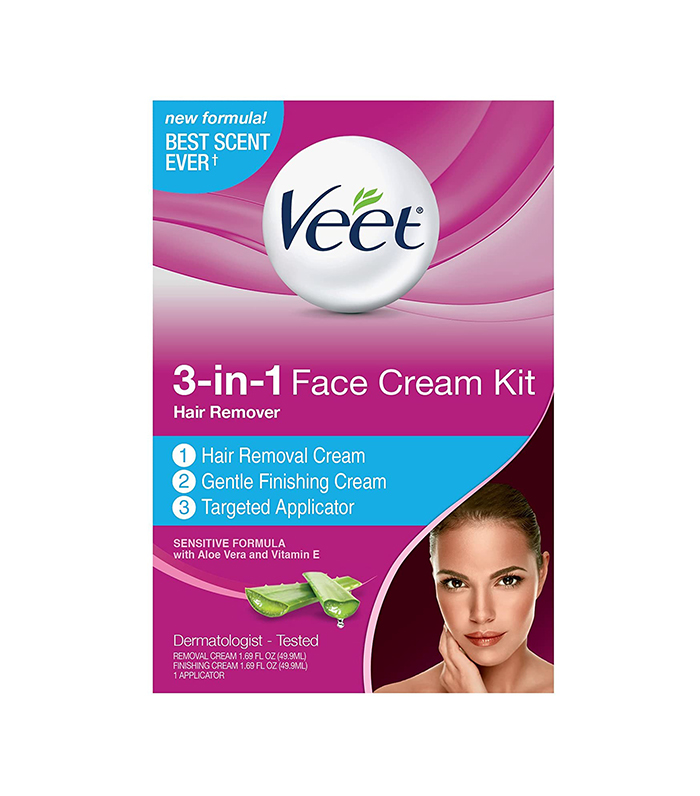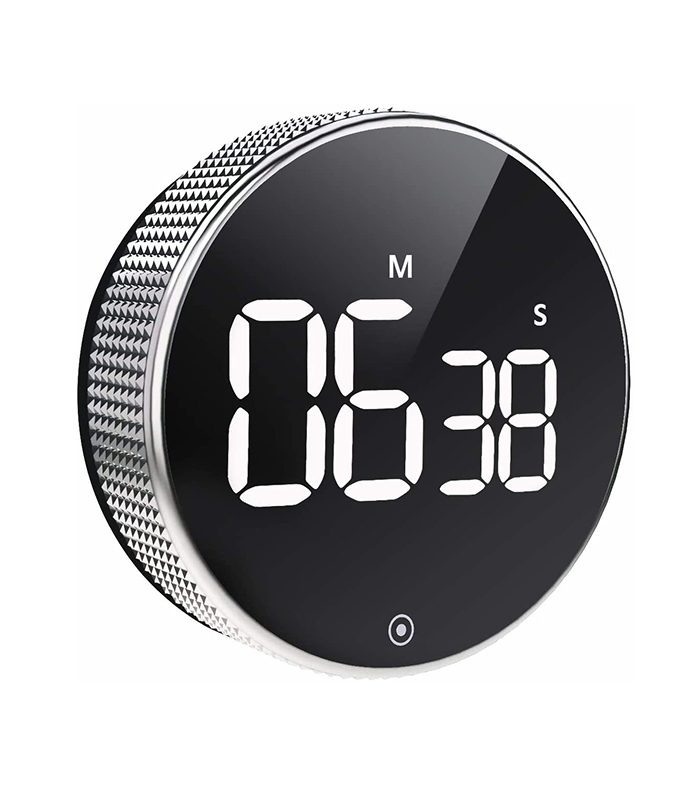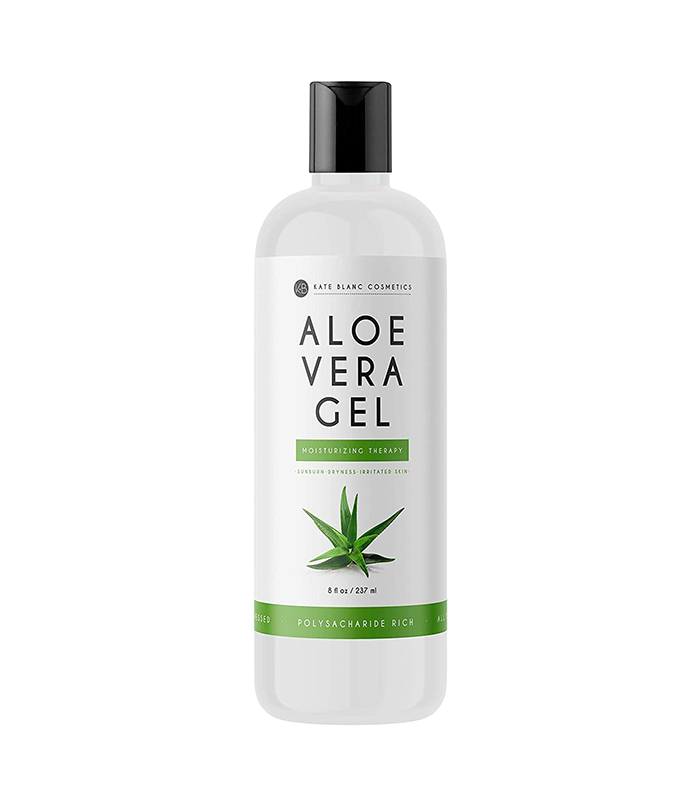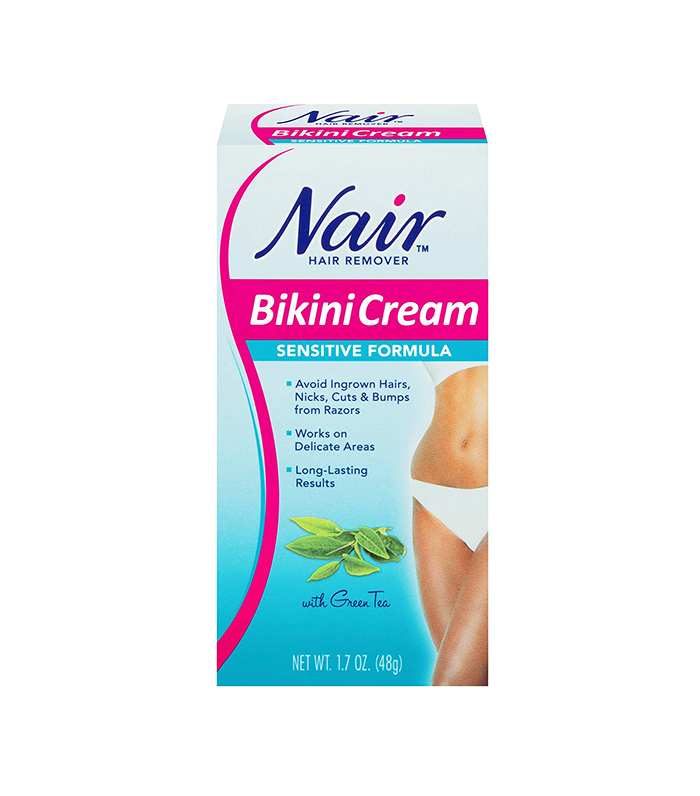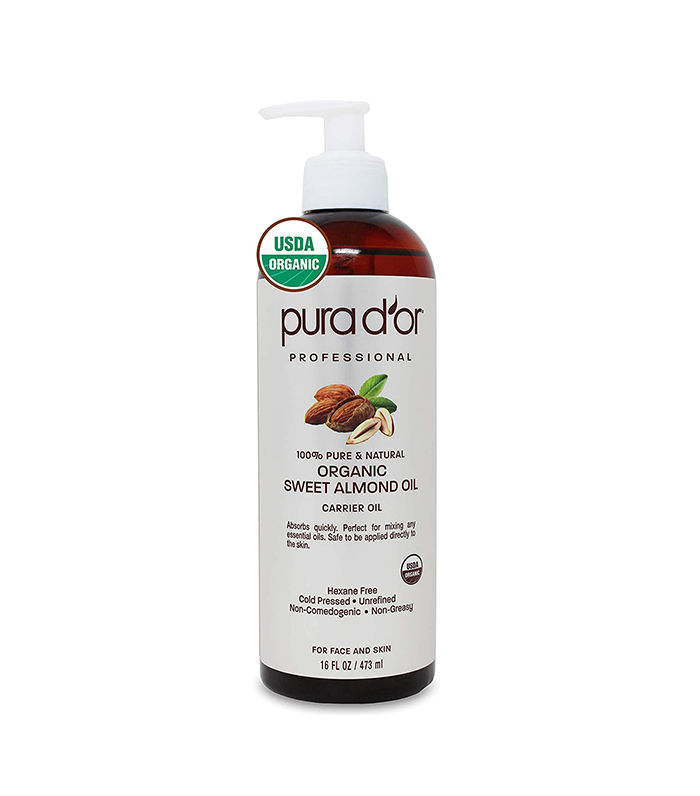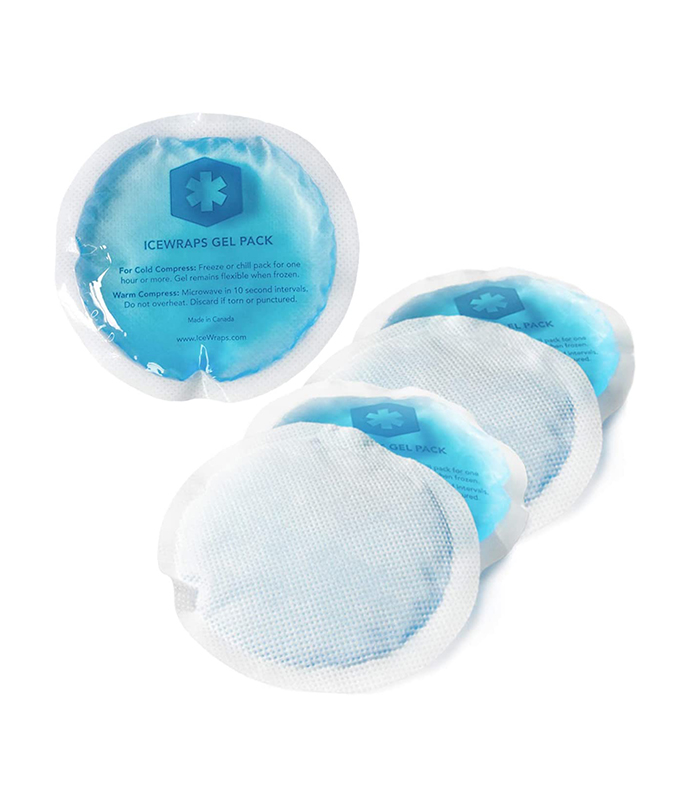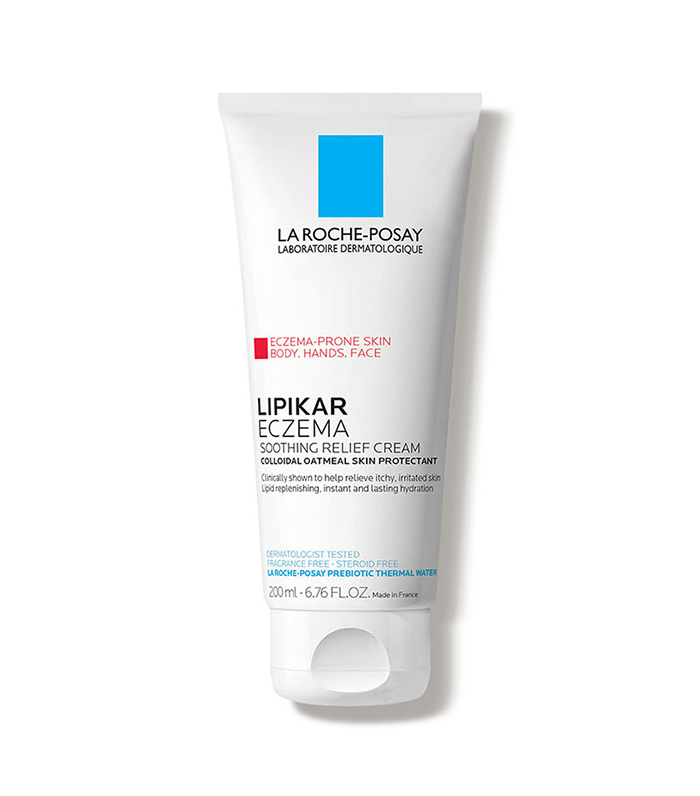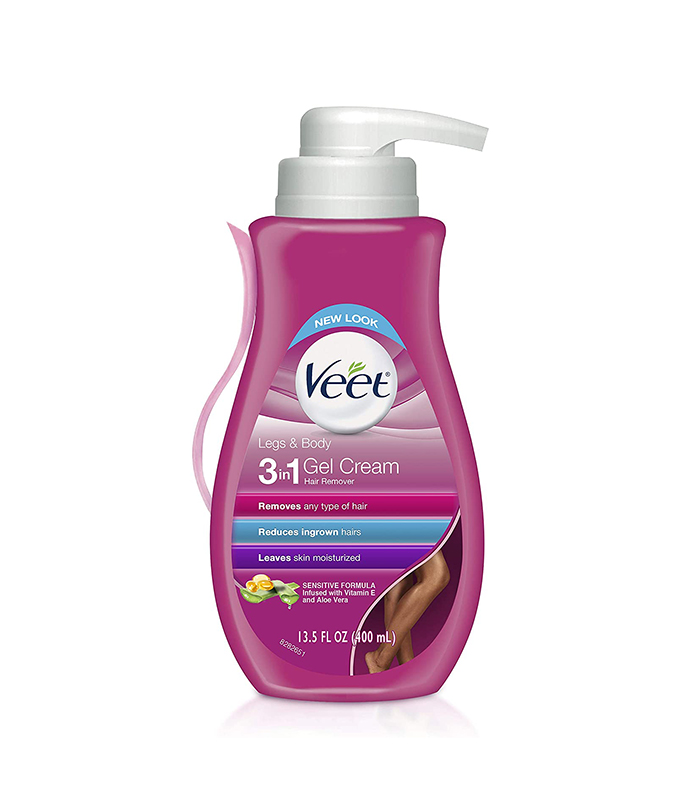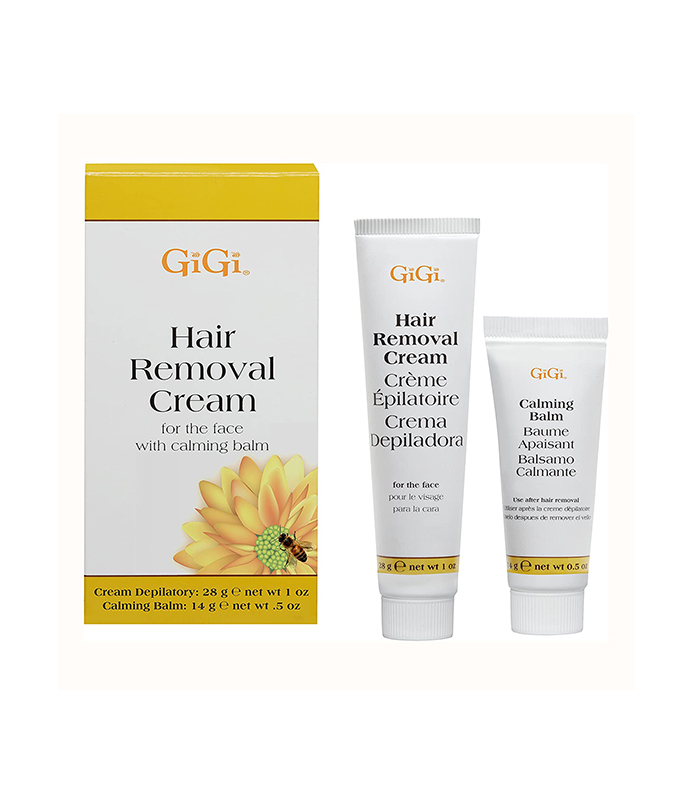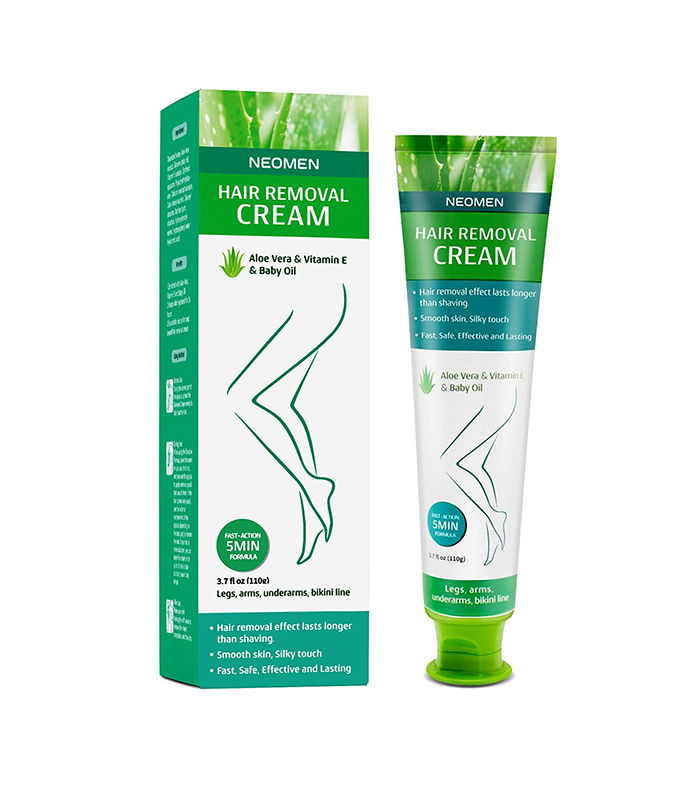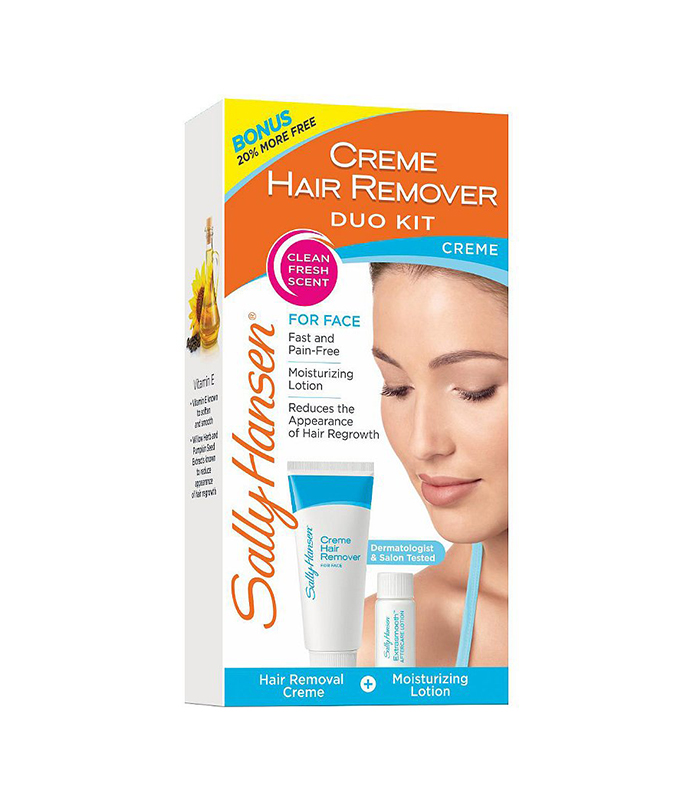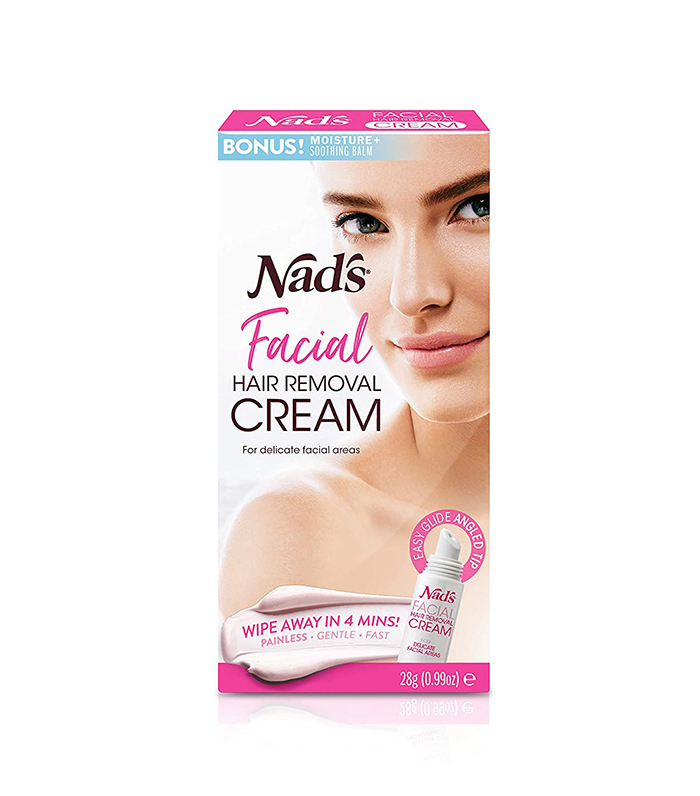The 10 Commandments of Using a Hair Removal Cream
When it comes to hair removal, you've got options: shaving, waxing, sugaring, lasering, electrolysis, and using depilatory creams, to name a few. But today, we are going to be focusing on depilatory creams. Fans of this hair removal method like that it's easily done at home, it's quick, and it's relatively painless (if you do it correctly).
Have you ever wondered how these creams just magically remove hair? We asked Robyn Gmyrek, MD, a board-certified dermatologist at Park View Laser Dermatology, to break it down for us.
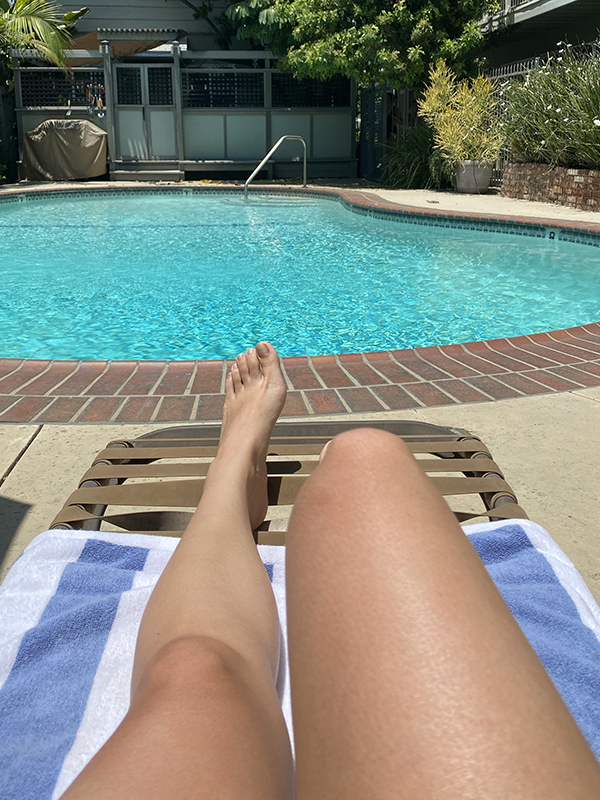
"Depilatory creams work by breaking down keratin proteins in the hair," she explains. "This effectively thins and dissolves the hairs to the point where they can be simply removed as the cream is wiped away. Hair removal creams contain several different alkaline chemicals, such as sodium thioglycolate, strontium sulfide, and calcium thioglycolate. These chemicals break down the bonds that hold the protein structure, or keratin, of your hair together. Once a depilatory is placed on the area, it dissolves the keratin in the hair and the hair becomes weak enough to fall loose from its base in the follicle. The combination of calcium thioglycolate and sodium hydroxide in most hair removal creams is the main chemical reaction that causes a strong and often unpleasant odor. (Similar to the smell of a 'perm,' which uses the same chemicals.) Some creams, however, now contain additional ingredients that mask the sulfuric scent. Unfortunately, some fragrances can also irritate the skin."
While these creams really do work and can be an option if you're tired of shaving or waxing, there are some rules to keep in mind when you're using them to ensure that you're not damaging your skin. Gmyrek outlines some watch-outs below:
Tips for Using Hair Removal Creams
1. Choose the Right Cream
"Use a facial formulation for the face, body formulation for the body," Gmyrek recommends. "Use a sensitive-skin formulation if you have sensitive skin. While there are no specific criteria that these formulations must meet according to the FDA to label themselves as hypoallergenic or for sensitive skin, it is still, in my opinion, worthwhile to trust the manufacturer."
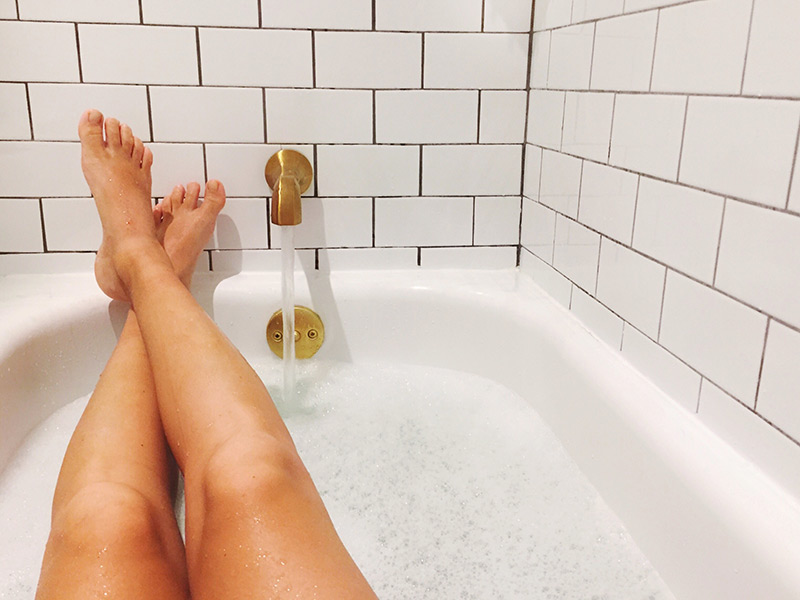
You'll want to follow any preparation tips from the manufacturer, and Gmyrek advises that you check your skin for any irritation or cuts before using the cream. "Avoid products with benzoyl peroxide or retinoid for several days before using hair removal cream," she says. "These products used for the treatment of acne and fine lines or wrinkles exfoliate the top dead skin layer of the skin, rendering it more sensitive to chemicals."
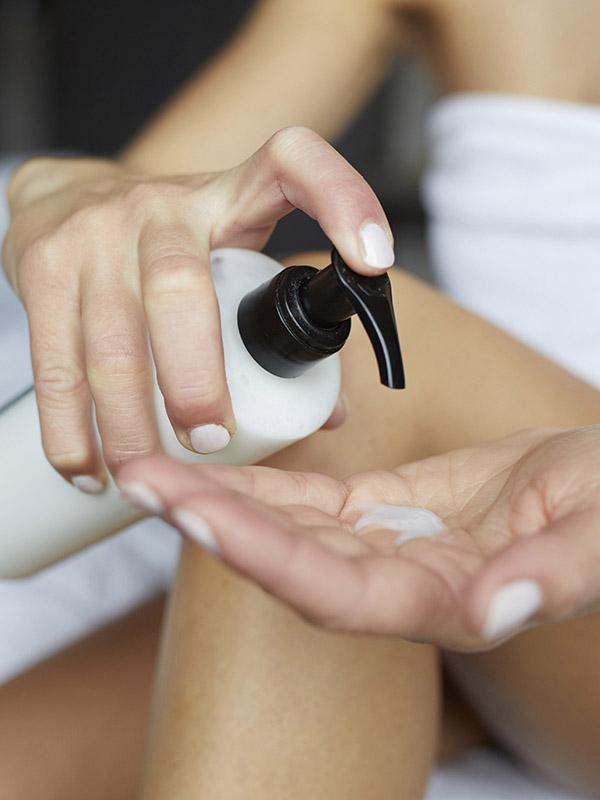
When trying out a new cream, it's important to do a test patch first to ensure you don't have any irritations or bad reactions, especially if you are planning on using the product on a larger area of the body.
4. Follow the Instructions
Reading and re-reading the directions is important so you don't leave room for error. "Each manufacturer's formulation is different, and though you may have used hair removal creams in the past, if you switch brands, don't assume it is the same application and timing," Gmyrek says.
5. Set a Timer
It can be so easy to get sidetracked—you might put the cream on and start looking at your phone or doing something around the house and completely forget to take it off after the allotted time. That can lead to irritation or skin damage. "An extra minute may be too long. Remember, your skin is also made of keratin and can also be dissolved if the depilatory cream is left on too long," Gmyrek says.
6. Remove Immediately If You Experience Irritation
"If burning or itching occurs, even before the timer goes off, wipe off the cream and rinse with copious amounts of water," Gmyrek says.
7. Do Not Use on Genitals
The bikini area is fine, but nothing else. "I have not seen a manufacturer who recommends use on the genitals. This skin is thin and can be more sensitive to chemical exposure," Gmyrek adds.
8. Treat the Skin After Use
Make sure to wash the skin thoroughly so no chemicals remain on the skin. Then, you'll want to give the area some TLC. "Moisturize and hydrate the skin—look for ingredients that are soothing and healing such as colloidal oatmeal, ceramides, almond oil, and aloe vera," Gmyrek says. "If minor redness or irritation occur, use over-the-counter hydrocortisone 1% cream two times a day for only two to three days." She also advises against using creams with acids (glycolic, salicylic, lactic), benzoyl peroxide, or retinoid (retinol, retin-A, tretinoin, adapalene) for five days after using the cream. You can go back to your normal routine when you're no longer experiencing redness, irritation, or dryness.
9. Treat Any Burns
"In the event of a chemical burn, severe redness, burning sensation, or itch, you should wash the area thoroughly and remove all traces of the cream. Then pat dry with a clean, soft cloth," Gmyrek recommends. "Cool or cold water compresses can be used to soothe the itch or stinging sensation. If there are blisters or the skin peels off, you may want to consult a physician for further treatment."
10. Proceed With Caution If You Have Sensitive Skin
People with sensitive skin might want to sit this one out or at least be extra careful. And if you have a skin condition, you'll definitely want to think twice. "Anyone with active skin disease in the area being treated such as atopic dermatitis, eczema, or psoriasis should avoid use as the alkaline chemicals used are not made to be used on any area with a damaged or compromised skin barrier," Gmyrek explains. "Do not ever use on any broken, damaged, irritated, or inflamed skin."
Hair Removal Creams to Try
Now that you know what to do and what not to do with hair removal creams, here are some options to consider:
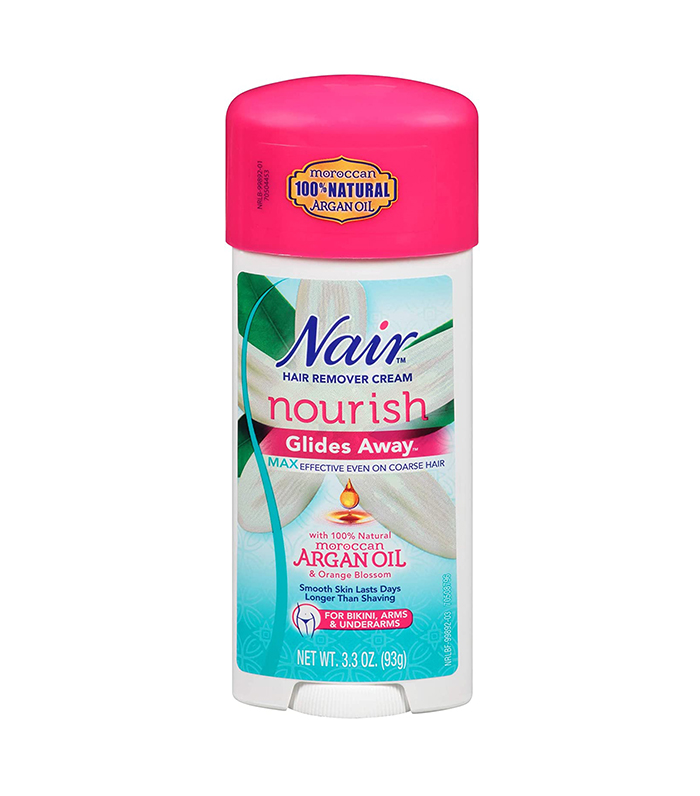
This product from Nair looks like a deodorant stick, but it's actually a depilatory cream. The bonus is that you don't have to use your hands to apply the cream onto your skin—all you have to do is glide the stick on and it works in three minutes. It's also infused with nourishing and hydrating argan oil.
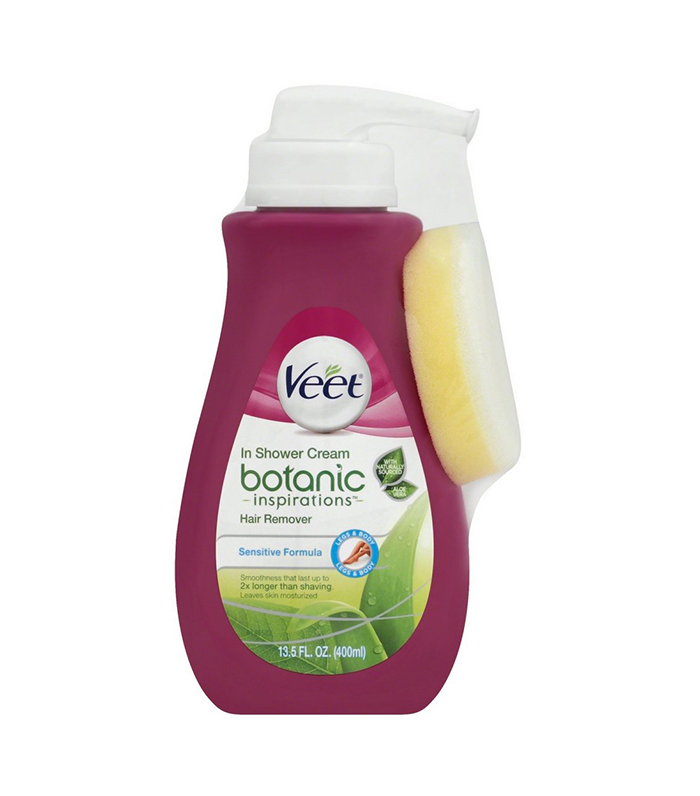
Veet's in-shower cream makes it easy to multitask. Before you get in the shower, apply the cream to dry skin, wait two minutes, and get in the shower. You can go about your normal routine, and after three minutes, use the sponge to massage and remove hair.
Next up, and now, everything you've ever wanted to know about laser hair removal.
This article was originally published at an earlier date and has been updated.
Sarah is lifestyle writer and editor with over 10 years of experience covering health and wellness, interior design, food, beauty, and tech. Born and raised in Los Angeles, she attended New York University and lived in New York for 12 years before returning to L.A. in 2019. In addition to her work atBest Knockoff Luxury Clothing , she held editor roles at Apartment Therapy, Real Simple, House Beautiful, Elle Decor, and The Bump (sister site of The Knot). She has a passion for health and wellness, but she especially loves writing about mental health. Her self-care routine consists of five things: a good workout, “me” time on the regular, an intriguing book/podcast/playlist to unwind after a long day, naps, and decorating her home.

